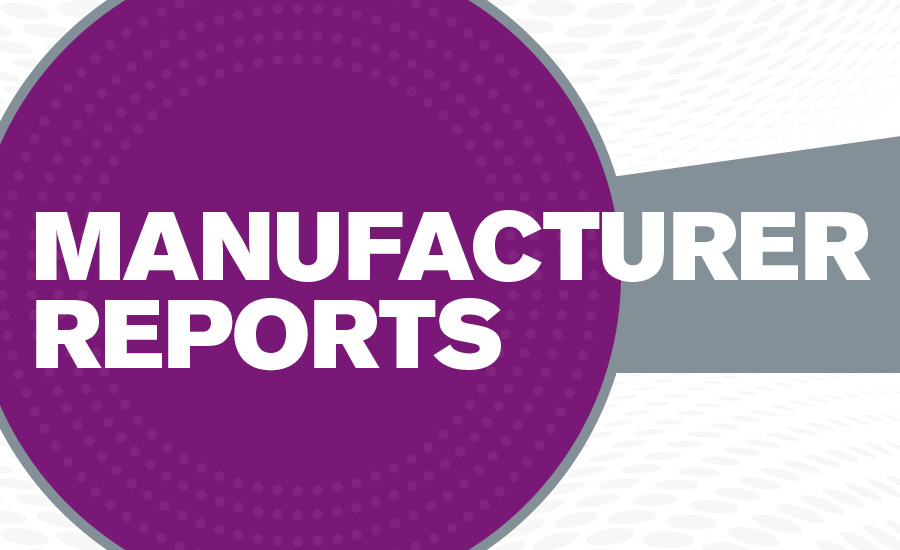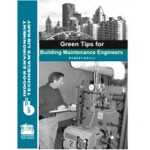Glumac is a leader in sustainable design working to push the boundaries of green building. With a staff including over 90 LEED Accredited Professionals, Glumac has spearheaded the development of over 200 LEED certified and/or registered projects. Glumac takes particular pride in the energy efficient and sustainable building technologies incorporated into its projects, such as radiant heating and cooling, daylighting and rainwater harvesting, and photovoltaics.
Glumac’s new 17,500-square-foot office is the first Net Zero Tenant Improvement Living Building Challenge (LBC) registered project in the United States and occupies one floor in the 62-story, 1.1 million-square-foot Aon Center, the second tallest building in Los Angeles.
With limited opportunity to implement renewable energy strategies, LBC is particularly challenging for high-rise buildings. Glumac has turned its focus toward innovative energy reduction techniques, and for the little energy it uses, Glumac has recaptured enough waste energy from other parts of the building and repurposed it to offset its yearly energy use. Overall, Glumac views Comfy, from Building Robotics, as an integral component of its net zero energy design.
HOW DOES COMFY SAVE ENERGY?
Utilizing data from occupant requests, Comfy is designed to teach the building control system to adjust temperature setpoints in specific zones and widen temperature deadbands according to occupancy and personal preferences.
As Fabio Kwon, commissioning agent at Glumac, noted, “Comfy allows us to remove the zone temperature setpoint and push the thermal comfort level to the limit. Instead of the HVAC system maintaining a given zone’s temperature setpoint, the system works only to satisfy occupants’ thermal comfort.” By tuning spaces to occupant requests, Comfy saves energy by eliminating unnecessary conditioning.
LEVERAGING EXISTING EFFICIENCY ASSETS
Like many projects striving to achieve net zero energy, Glumac’s office utilizes a combination of low-energy radiant systems paired with supplemental ventilation and cooling via variable air volume (VAV) units. Deploying Comfy has allowed Glumac to avoid using the air-based systems, and instead rely almost exclusively on the radiant systems to keep the space comfortable, thus keeping energy use at its lowest possible level. While Comfy has been active at Glumac, cooling has been achieved by radiant alone 93 percent of the time.
CREATING A THRIVING WORKPLACE ENVIRONMENT
Studies have shown lower stress levels and higher productivity levels when employees are empowered to control and customize their workstations. Comfy provides a carefully designed way for occupants to manage their own thermal comfort, effectively addressing the most common facilities complaint in workplaces. Over time, Comfy’s learning algorithm optimizes each zone based on occupant requests.
After nearly six months of using Comfy, the office is still experiencing a high level of engagement among Glumac LA’s employees. Eighty-five percent of occupants are using Comfy and more than half use the service at least once a week.
Building Robotics said these level of engagement scores are especially impressive since, according to various studies, anywhere from 37 percent to 75 percent of technology projects in the workplace fail due to lack of employee acceptance and adoption. Comfy’s ability to deliver instant gratification resonates with occupants.
KEY TAKEAWAYS
The roll-out at Glumac illustrates how Comfy can work in tandem with building design to make energy-efficient, healthy buildings even better. It reduces energy use by eliminating unnecessary conditioning; leverages radiant heating and cooling systems; instantly responds to users’ needs; and learns from users’ preferences.
For more information, visit www.gocomfy.com.
Publication date: 7/20/2015
Want more HVAC industry news and information? Join The NEWS on Facebook, Twitter, and LinkedIn today!









